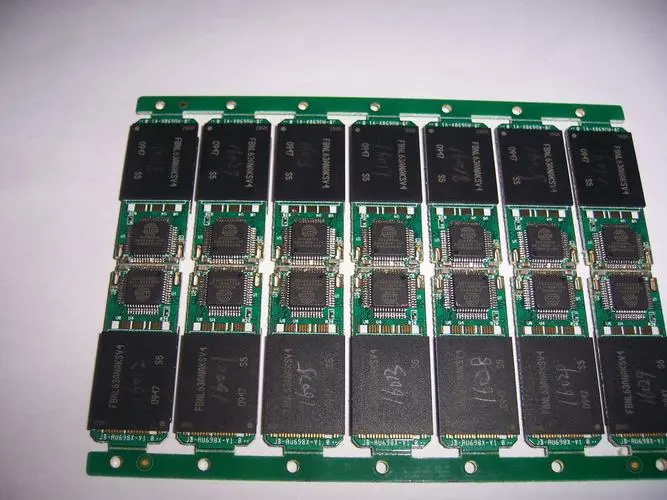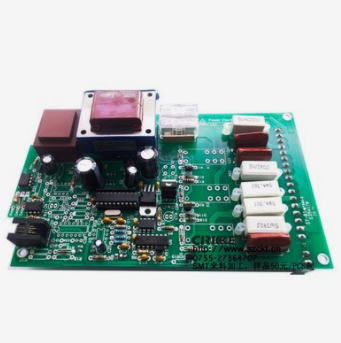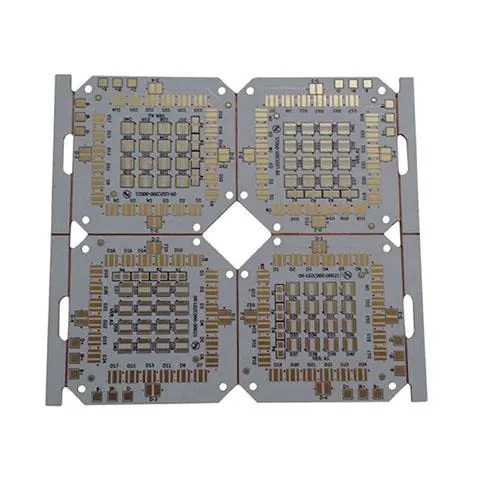
Engineers and scientists are constantly looking for novel ways to improve the quality, life cycle and reliability of the final product. Therefore, flexible PCB materials are the focus of current research. Flexible PCB can be found in almost all electronic devices around us (such as printers, scanners, high-definition cameras, mobile phones, calculators, etc.). Therefore, the research of flexible PCB materials and the improvement of manufacturing process can minimize production costs and improve quality and reliability. Final product. In this paper, we will analyze the main material types used in the flexible PCB manufacturing process.
Properties of flexible PCB:
As we know, flexible PCB can be easily bent and can be used to install micro electronic components. It is also very light and thin, so it can be installed in any small compartment or enclosure designed for the theme electronics or final product. Flexible printed circuit board is most suitable for applications that need to solve the housing space limitation.
Common substrate material types of flexible PCB:

stroma:
Or the most important material in rigid PCB is its basic substrate material. It is the material that the entire PCB stands on. In rigid PCB, the substrate material is usually FR-4. However, in Flex PCB, the commonly used substrate materials are polyimide (PI) film and PET (polyester) film. In addition, polymer films, such as PET (polyethylene phthalate), PTFE and aramid, can also be used.
Polyimide (PI) "thermosetting resin" is still the most commonly used material for Flex PCB. It has excellent tensile strength, is very stable in the wide operating temperature range of - 200 ° C to 300 ° C, has chemical corrosion resistance, excellent electrical performance, high durability and excellent heat resistance. Unlike other thermosetting resins, they can retain their elasticity even after thermal polymerization. However, the disadvantages of PI resin are poor tear strength and high moisture absorption. On the other hand, PET (polyester) resin has poor heat resistance, "making it unsuitable for direct welding", but has good electrical and mechanical properties. The other substrate, PEN, has better intermediate performance than PET, but not better than PI.
Liquid crystal polymer (LCP) substrate:
LCP is a rapidly popular substrate material in Flex PCB. This is because it overcomes the disadvantages of PI substrate while maintaining all the characteristics of PI. LCP has% moisture resistance and moisture resistance, and the dielectric constant at 1GHz is. This makes it famous in high-speed digital circuits and high-frequency RF circuits. The melting form of LCP is called TLCP, which can be injection molded and pressed into flexible PCB substrates, and can be easily recycled.
Resin:
The other material is a resin that closely bonds copper foil and base material. The resins can be PI resin, PET resin, modified epoxy resin and acrylic resin. Resin, copper foil (top and bottom) and substrate form a sandwich called "laminate". This kind of laminate, called FCCL (flexible copper clad laminate), is formed by applying high temperature and high pressure to the "stack" through automatic pressing under controlled environment. Among the resin types mentioned above, the modified epoxy resin and acrylic resin have strong adhesion performance
These adhesives are detrimental to the electrical and thermal properties of Flex PCBs and reduce dimensional stability. These adhesives may also contain halogens harmful to the environment and are subject to European Union (EU) regulations. According to these environmental protection regulations, the use of seven harmful substances is restricted, including lead (Pb), mercury (Hg), cadmium (Cd), hexavalent chromium (Cr 6+), polybrominated biphenyls (PBB), polybrominated diphenyl ethers (PBDE), di (2-ethylhexyl) phthalate (DEHP) and butyl benzyl phthalate (BBP).
Therefore, the solution to this problem is to use a 2-layer FCCL without adhesive. 2L FCCL has good electrical properties, high heat resistance and good dimensional stability, but its manufacturing is difficult and its cost is high.
Copper foil:
Another top material in flexible PCB is copper. PCB wiring, wiring, pads, vias and holes are filled with copper as conductive materials. We all know the conductivity of copper, but how to print these copper traces on PCB is still the topic of discussion. There are two copper deposition methods on the 2L-FCCL (2-layer flexible copper clad laminate) substrate. 1 - Plating 2 - Lamination. The electroplating method has less adhesive, while the laminate contains adhesive.
electroplate:
When ultra-thin Flex PCB is required, the conventional method of pressing copper foil on PI substrate by resin adhesive is not suitable. This is because the lamination process has a 3-layer structure, that is, (Cu Adhesive PI) makes the stack layer thicker, so it is not recommended for double-sided FCCL. Therefore, another method called "sputtering" is used, in which copper is sputtered on the PI layer by wet or dry method through "non electric" electroplating. This electroless plating deposited a very thin copper layer (seed layer), while in the next step called "electroplating" another copper layer was deposited, wherein the thicker copper layer was deposited on the thin layer (seed layer) of copper. This method creates a strong bond between PI and copper without the use of a resin adhesive.
Lamination:
In this method, the PI substrate is laminated with ultra-thin copper foil through a coating layer. Coverlay is a composite film in which a thermosetting epoxy adhesive is applied to a polyimide film. The covering adhesive has excellent heat resistance and good electrical insulator, and has the characteristics of bending, flame retardancy and gap filling. The special type of covering layer is called "Photo Imageable Coverlay (PIC)", which has excellent adhesion, good flexibility resistance and environmental friendliness. However, the disadvantages of PIC are poor heat resistance and low glass transition temperature (Tg)
Rolled annealed (RA) and electrodeposited (ED) copper foil:
The main difference between the two is their manufacturing process. ED copper foil is made from CuSO4 solution by electrolytic method, in which Cu2+is immersed in a rotating cathode roller and stripped, and then made into ED copper. The copper with different thicknesses of RA is made of high-purity copper (>%) by pressurized PCB process.
The conductivity of electrodeposited (ED) copper is better than that of rolled annealed (RA) copper, while the ductility of RA is much better than that of ED. For Flex PCB, RA is a better choice in terms of flexibility.







